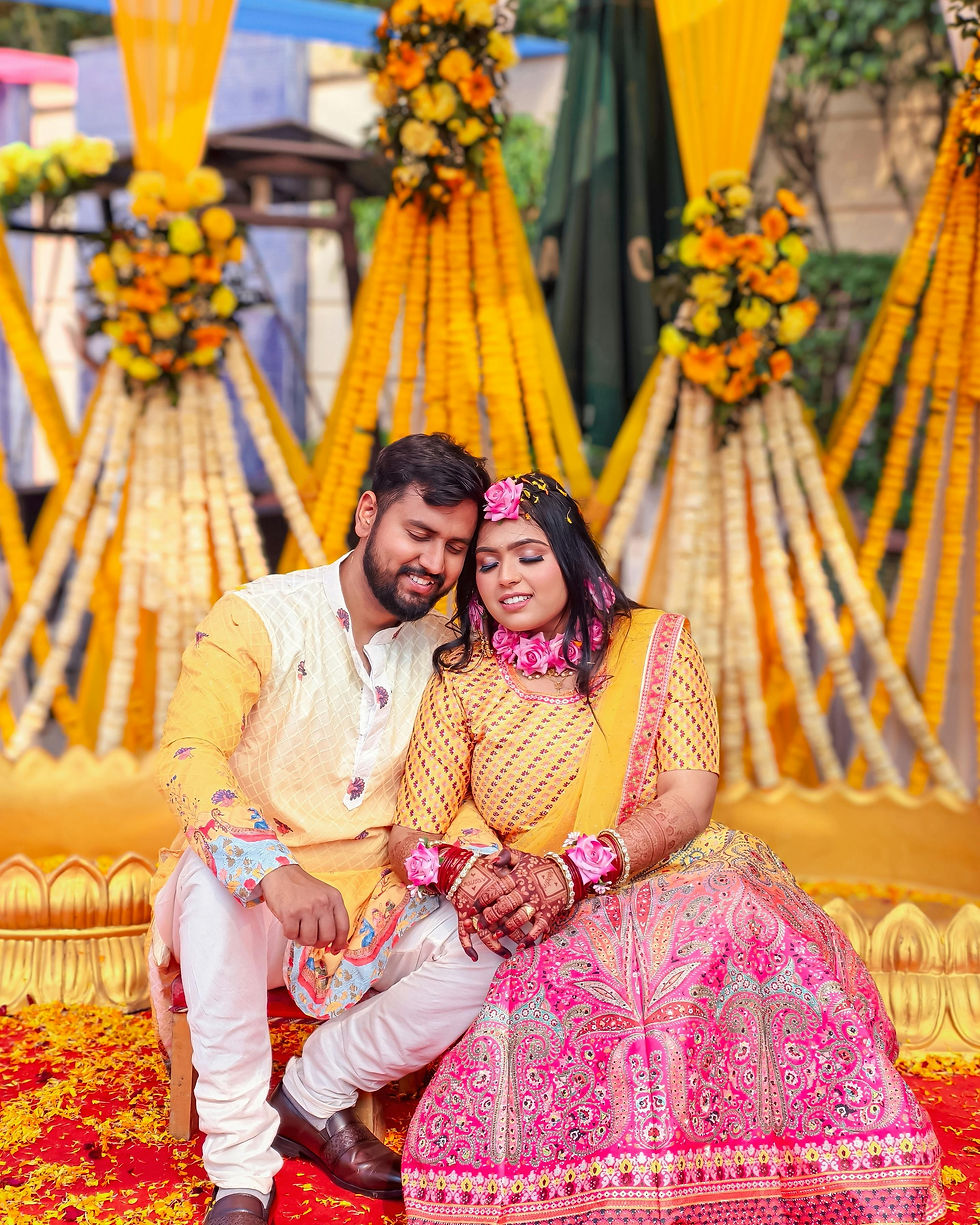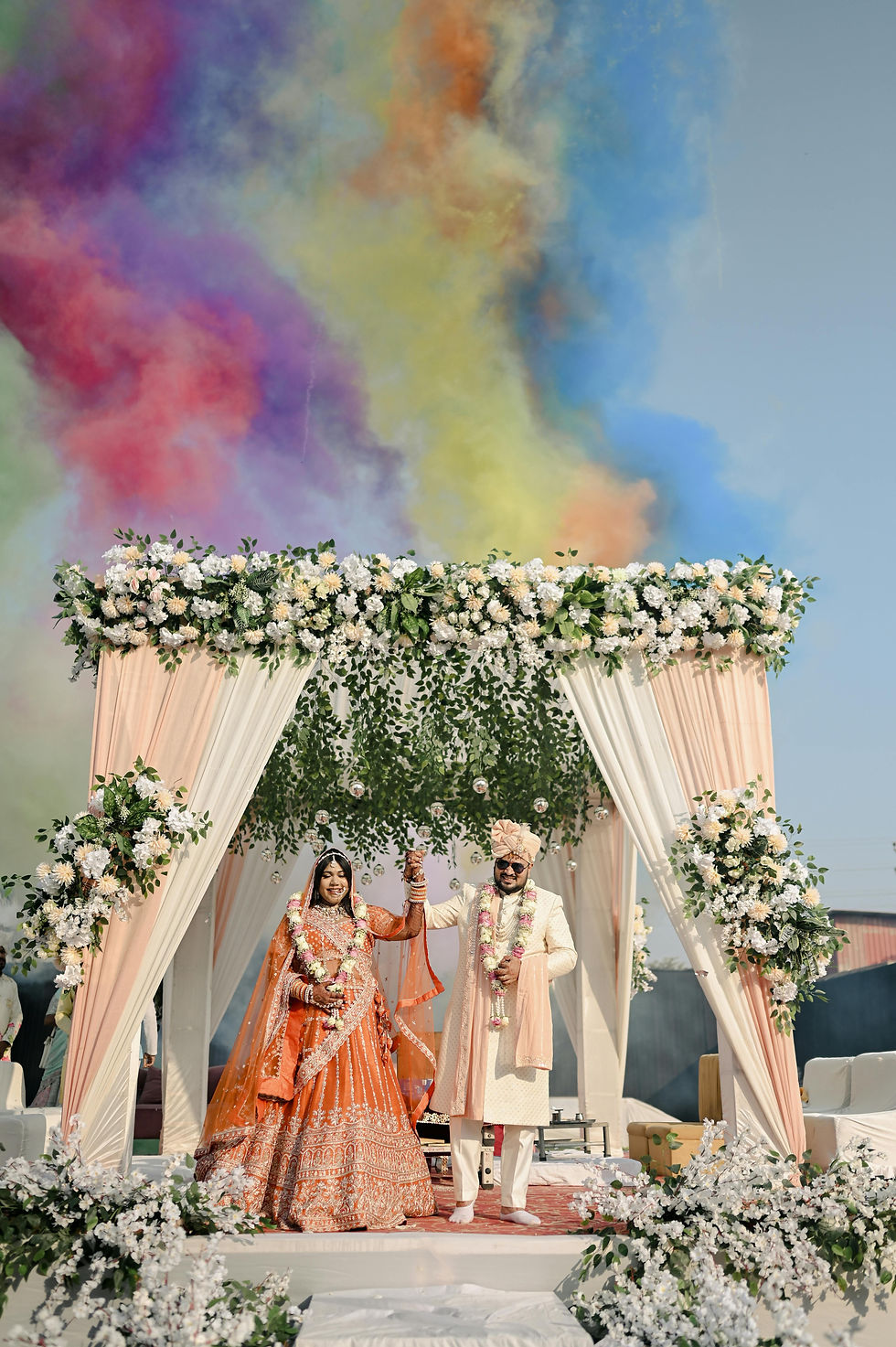How to Plan a South Asian Wedding in Australia (Step-by-Step Guide)
- scottynetto

- Jun 30
- 3 min read
Planning a South Asian wedding in Australia is an exciting and meaningful journey. With so many beautiful customs, multi-day events, and large guest lists, it can feel overwhelming at first — but it doesn’t have to be. Whether you’re celebrating your Indian, Pakistani, Bangladeshi, or Sri Lankan roots (or a mix of all!), this step-by-step guide will help you plan your dream wedding while honouring your traditions.
How do you plan a South Asian wedding in Australia? To plan a South Asian wedding in Australia, start by understanding key traditions, setting a multi-event budget, booking experienced vendors, and securing venues that accommodate cultural needs like Sangeet or Mandap setup.
Step 1: Understand Your Cultural & Religious Traditions
Each community has unique wedding rituals — like Hindu Saptapadi, Muslim Nikah, or Sikh Anand Karaj. If you're a couple from different backgrounds, consider blending elements that reflect both traditions. This can include two ceremonies or a hybrid celebration.
Step 2: Build Your Budget (and Stick to It)
South Asian weddings are known for being extravagant, but there are ways to celebrate beautifully on any budget. Create a wedding spreadsheet that accounts for all events (like Mehndi, Haldi, Sangeet, Reception) and big expenses like:
Venue hire
Decor & floral design
Catering (multi-cuisine or traditional)
Outfits & jewellery
Photographer & videographer
Entertainment (DJ, Dhol player, live performers)
💡Tip: Always include a 10–15% buffer for unexpected costs.

Step 3: Secure Your Venue(s)
South Asian weddings often require multiple venues — one for each event, or a flexible space for everything. Look for:
Venues that allow outside catering
Spaces that support rituals like the Mandap, Baraat, or Nikah
Outdoor spaces (Haldi/Sangeet) + Ballrooms (Reception)
Step 4: Hire South Asian-Savvy Vendors
Vendors who understand your culture will capture your wedding more authentically. Seek:
Photographers with experience capturing fast-paced rituals
Caterers who can do tandoori stations, veg/non-veg menus, or Halal dishes
Decorators who can design traditional setups (e.g., Ganesha statues, flower mandaps)

Step 5: Plan Your Events Timeline
Coordinate a run-sheet that includes:
Mehndi – 2 days before
Haldi – Day before
Sangeet – Evening before
Wedding Ceremony – Morning or afternoon
Reception – Same evening or following day
📋 Provide this to vendors, guests, and your planner (if hiring one).
Step 6: Dress the Part
Purchase or rent your bridal/lehenga/sherwani outfits from reputable boutiques in Sydney, Melbourne or overseas. Don’t forget matching jewellery and shoes.
💡Guest Tip: Share a style guide so guests feel confident dressing in saris, kurtas, or Indo-Western outfits.

Step 7: Create a Wedding Website
Help guests stay organised with an online hub that includes:
Venue locations + dress codes
Itinerary
RSVP form
Cultural etiquette section
Step 8: Legal Requirements in Australia for South Asian Weddings
Submit a Notice of Intended Marriage at least one month before the big day. You’ll also need two witnesses and a registered celebrant.
Conclusion
Your wedding should be a celebration of love, family, and culture. With thoughtful planning and the right team, your South Asian wedding in Australia will be unforgettable. Take your time, enjoy the process, and savour every ritual along the way.




Comments